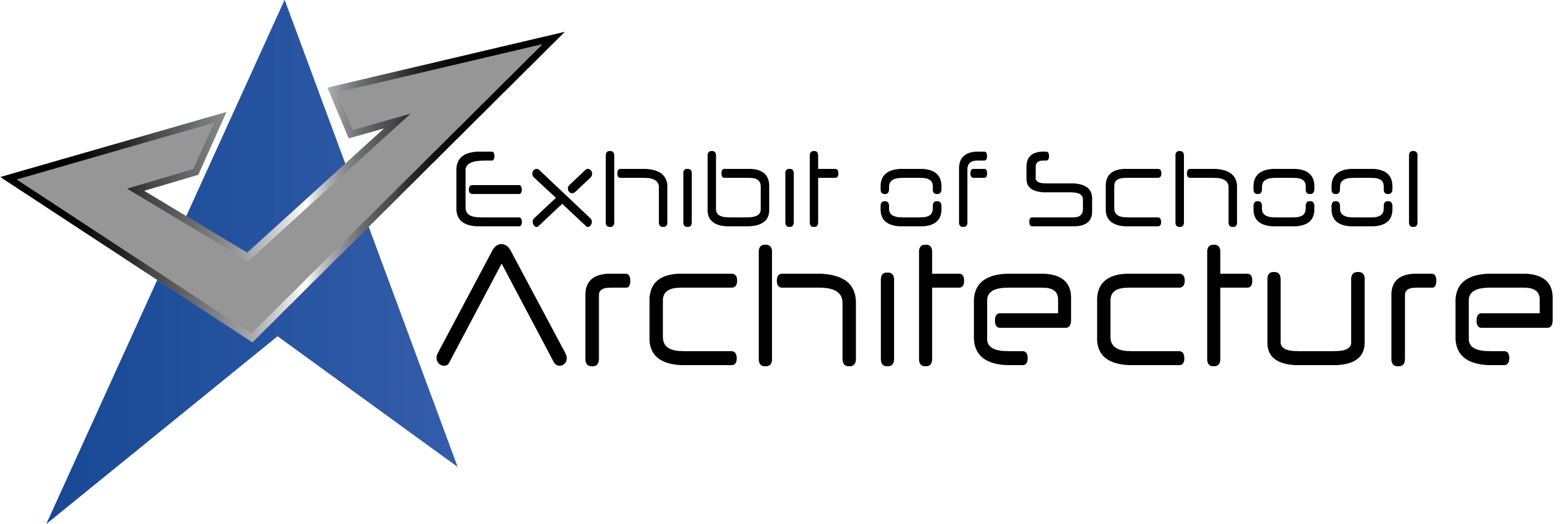Harts Bluff ISD—Harts Bluff Middle School “The Bridge”
Architect: Stantec
The scope for this transformational school included creating a master plan to support their vision of a comprehensive K-12 campus. It also included designing a new Middle School addition with renovation work to the existing school exterior that aligned with the new building architecture. Interior renovation work of the existing school included replacement of select finishes in corridors. The goal was to design interior spaces that supported their current project based curriculum.
Community
 Located in a small rural area without an incorporated town, the school is the center of all activity. The school is the community and the community is the school; they are one in the same. The addition of a traditional school bell reinforces the “one-room schoolhouse” community and identifies it as a town center. Spaces within the school are used regularly for community events and the grounds are used for multiple community festivals.
Located in a small rural area without an incorporated town, the school is the center of all activity. The school is the community and the community is the school; they are one in the same. The addition of a traditional school bell reinforces the “one-room schoolhouse” community and identifies it as a town center. Spaces within the school are used regularly for community events and the grounds are used for multiple community festivals.
Design
Through use of technology and spatial flexibility, the design enhances the school’s existing project based curriculum. The open plan features project labs surrounding large collaborative learning spaces and the bold use of color encourages activity without over-stimulation. The 4D Cube was designed to provide small group study and its shared wall surfaces allow cross-collaboration between students from each grade level. Open teacher work spaces foster teacher/student collaboration.
Planning
 To create a new vision for the school, a highly collaborative visioning process engaged a group of advocates consisting of parents, teachers, administrators, school board members, and members of the community at large. The resulting vision was to modernize the school to align the current project based curriculum by removing existing spatial obstacles. Careful planning of the existing site created a master plan that will fulfill the districts vision of creating a K-12 program.
To create a new vision for the school, a highly collaborative visioning process engaged a group of advocates consisting of parents, teachers, administrators, school board members, and members of the community at large. The resulting vision was to modernize the school to align the current project based curriculum by removing existing spatial obstacles. Careful planning of the existing site created a master plan that will fulfill the districts vision of creating a K-12 program.
Sustainability
Designed with sustainability in mind, the school contains environmentally friendly materials from vendors with high standards of sustainable manufacturing practices. Carpeting integrates technology that zeros out all greenhouse emissions associated with its entire life cycle. Use of LED lighting reduces the school’s energy usage and the use of glass maximizes access to natural daylight. At the end of its life cycle, some furniture can be disassembled, reused, recycled, or biodegraded.
Value
Careful master planning allowed the district to sell land originally set aside for the future high school campus which in turn helped the district fund the new expansion without the use of bond money. The elimination of traditional corridors yields more usable learning space and the use of LED lighting reduces the school’s energy costs. The use of low-maintenance/high-performance building materials, furniture, and textiles contribute to reduced maintenance expenses and longer life cycles.
School Transformation
 Existing classrooms were wired for traditional technology, restricted mobility, and use of wall space for project work was limited. The new space is now 1:1 technology and allows group presentations for both small and large groups. The space maximizes use of glass and writable painted surfaces to allow groups to chart out their ideas on just about any flat wall surface. Rather than being segregated to individual classrooms, the new plan cultivates cross collaboration between grade levels.
Existing classrooms were wired for traditional technology, restricted mobility, and use of wall space for project work was limited. The new space is now 1:1 technology and allows group presentations for both small and large groups. The space maximizes use of glass and writable painted surfaces to allow groups to chart out their ideas on just about any flat wall surface. Rather than being segregated to individual classrooms, the new plan cultivates cross collaboration between grade levels.
![]() Star of Distinction Category Winner
Star of Distinction Category Winner




































